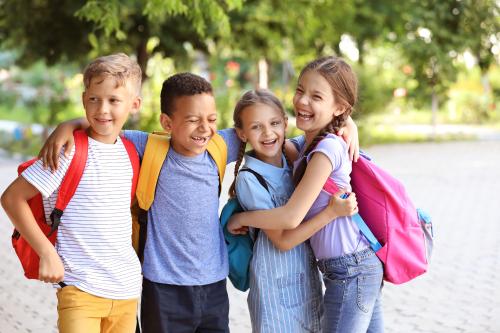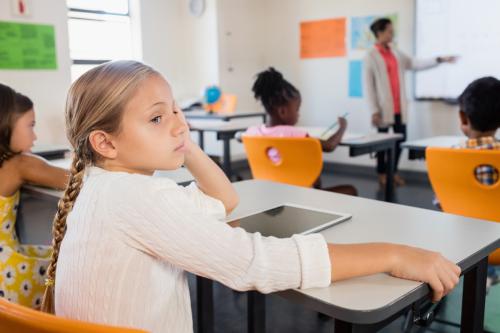“Anyone who has never made a mistake has never tried anything new.” Albert Einstein
It’s normal for parents to want to protect their children from failure. It’s also normal to want them to achieve and win and do their best. But here’s the awful truth. We don’t learn anything new without making mistakes.
I’ll say it again. Making mistakes is a crucial step in learning. If we’re fearful of making mistakes, learning comes to a screeching halt.
Remember when your child was learning to walk? There were certainly a few bumps and boo-boos involved with that learning process. But babies have a fierce willingness to risk a fall or two for the great reward of mastering balance and motion.
Unfortunately, as we grow older, we begin to measure our successes and failures in different ways. We receive feedback from others or compare ourselves to them. It’s a bit harder to risk looking foolish, and a paper marked in a lot of red can tempt us to quit trying. But mistakes offer an opportunity to learn. What did we understand? What do we still need to learn?
For some children this willingness to be wrong is more difficult than for others. Parents can encourage strong learning skills with ongoing reminders that it’s part of learning to make mistakes. Once a mistake is made, however, the analysis of what went wrong is a crucial part of learning how to do it right.
Some Famous Mistakes
Did you know some of our most important and interesting inventions were made by mistake? It’s true. In 1928, Alexander Fleming discovered penicillin when he left some unwashed petri dishes in his laboratory while going on vacation. When he returned, he noticed portions of the staph bacteria on the cultures had died and discovered the fungus growing there to be of the genus Penicillium. He reported, “One sometimes finds what one is not looking for.”
Swiss engineer Georges de Mestral created Velcro after studying the tiny hooks at the end of burrs stuck to his dog’s fur. Silly Putty was created during WWII when engineer James Wright was trying to invent an inexpensive alternative to synthetic rubber. And, best of all, chocolate chip cookies were made by mistake when the chef at the Toll House Inn ran out of baking chocolate and used chopped-up semi-sweet chocolate, thinking it would permeate the dough. What a delicious mistake!
Some Benefits of Making Mistakes
The best way to benefit from mistakes is to analyze what was done right and what wasn’t. Asking questions is a good way to get that information. “Why do you think so?” or “You’re right about that part, but let’s look at…” This sort of exchange brings the learner into a dialogue in which all participants are on a journey to understanding.
Be sure to share your own mistakes: how they happened, what you learned and your attitude toward them.
Making mistakes gives us concrete evidence about what we know and don’t know.
It’s beneficial to see where our understanding broke down. We may have gotten part of a problem right but failed to understand one bit of information to achieve total success. We see what we need to learn.We know we aren’t perfect. And, if we look around, we see that other learners aren’t perfect, either. Learning is a cycle of trying and failing until we succeed.
We learn to persevere. Most skills worth learning take time, effort and perseverance. Seeing mistakes as part of the journey is invaluable in developing a strong work ethic.
We learn to let the stress go. Once we accept that mistakes are not horrible blots on our record, we relax and are free to make the decision to keep working until we achieve.
Parents, you can help your kids accept the truth that mistakes are a natural part of the learning process in every facet of life. Your children will be happier and more resilient as they understand the role mistakes make in pointing them in the right direction as they learn.









